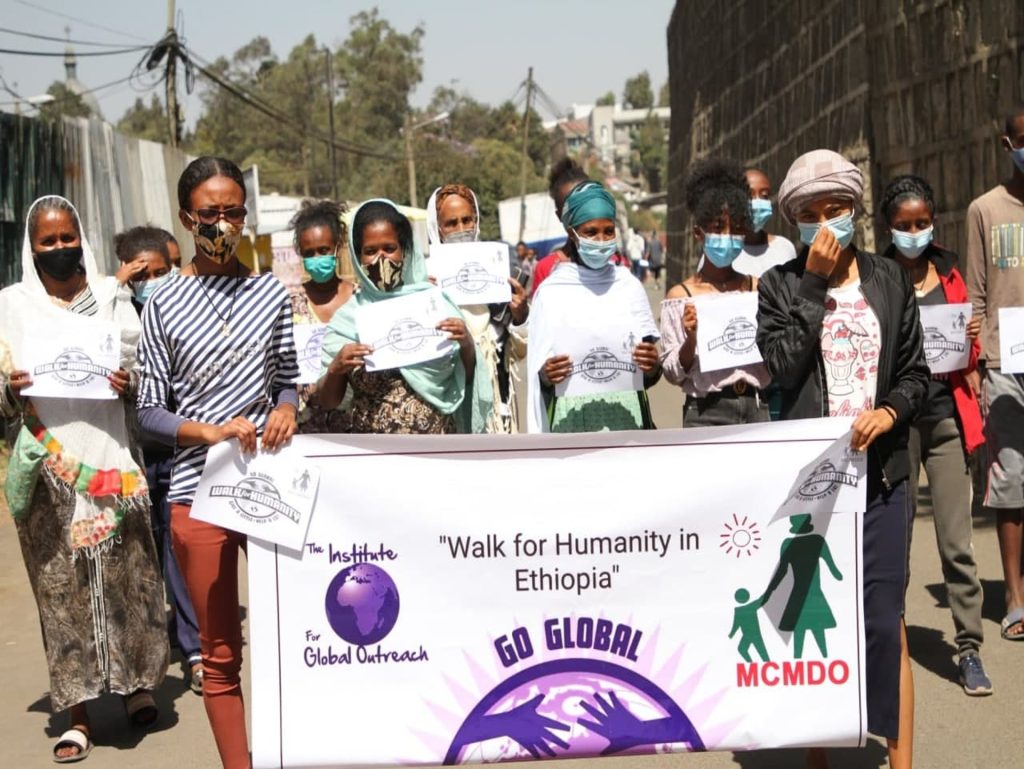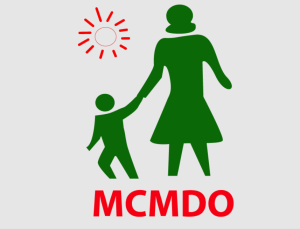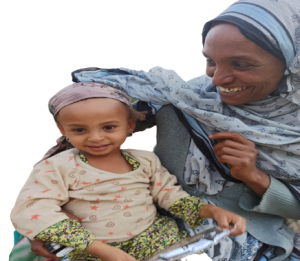
In Ethiopia, since the adoption of the National Policy on Women in 1993, various national policies on education and training, health, population and other areas have incorporated plans to boost women’s participation and gender equality (MoWCYA 2006). Ethiopia’s national development plans, including the current GTP, have embraced gender equality policies, and a National Action Plan (NAP) on gender equality has been developed. Regarding institutional support, the Ministry of Women, Children and Youth Affairs (MoWCYA) serves as the primary executing ministry with the mandate for implementing the policy framework on women and children’s issues. In the same way, regional Bureaux of Women, Children and Youth Affairs (BoWCYA) have been put in place and are responsible for mainstreaming and ensuring women’s rights (MoFED and UN, 2012).
Ethiopia suffers from some of lowest gender equality performance that is ranked at 127 out of 142 countries in terms of the magnitude and scope of gender disparities (Global Gender Gap report 2014). Women and girls in Ethiopia are strongly disadvantaged compared to boys and men in several areas, including literacy, health, livelihoods and basic human rights. They also suffer from low status in their society and lack social support networks. Manifestations of discrimination against women are numerous and acute.


